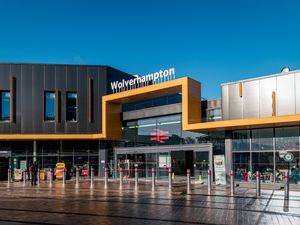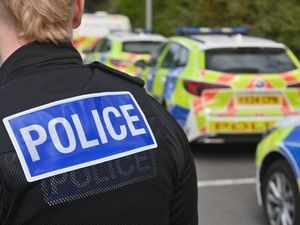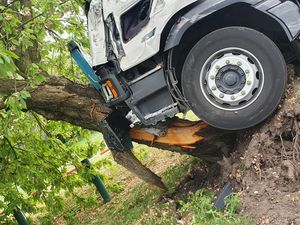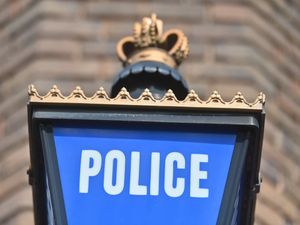West Midlands Police's cars of a bygone era
They're the police cars from the bygone era of Dixon of Dock Green. The Mini Cooper S types, Morris Ital, Austin Allegros and Mini Metros shown here were once the pride of policing in the West Midlands.
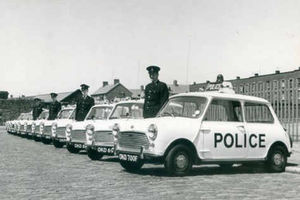
They're the police cars from the bygone era of Dixon of Dock Green. The Mini Cooper S types, Morris Ital, Austin Allegros and Mini Metros shown here were once the pride of policing in the West Midlands.
But they have been superseded by Vauxhall Astras and Corsas, with lightning-fast BMW 3 series to catch crooks in stolen sports cars.
Last week it emerged that cash-strapped police in the West Midlands are to start patrolling the streets in Vauxhall Corsas.
Bosses grappling with £125 million of cuts to the budget say the smaller cars are cheaper to run than the Astras they currently use.
In one picture, a fleet of British Motor Corporation Mini Cooper S Types lined up were hailed as the next big thing in policing.
A press release from the time revealed: "These cars are specially fitted to police requirements, with two-way radios, flashing police signs, blue flashing beacons, air horns and a first aid kit."
Today the force has 1,800 vehicles, ranging from motorbikes to a 52-seater coach. It is a far cry from the 1920s, when the only vehicles the police had were two Birmingham Small Arms motorbikes to carry documents between police stations.
Transport improved slightly after the Second World War, with two ambulances and two limousines for chauffeuring around senior officers. And in 1943, the 999 system was launched in Birmingham.
West Midlands Police's official historian Dave Cross said: "By this time two-way radios were coming in, but they took up the entire boot of an Austin 8."
By the 1950s, Wolverhampton police were running a fleet of Ford Popular and Vauxhall vehicles — but it was the move to the Panda-type car in the 1960s that was to prove the biggest leap in transport technology. "It was a huge change," said Mr Cross.
"Before, the calls were logged in order of priority and you'd then walk to it. You were now driving to a fight."He said that it made it easier to detect offences.
"Police vehicles have to be practical and up for the job — it's no good if it's breaking down every 10 minutes," he added.


